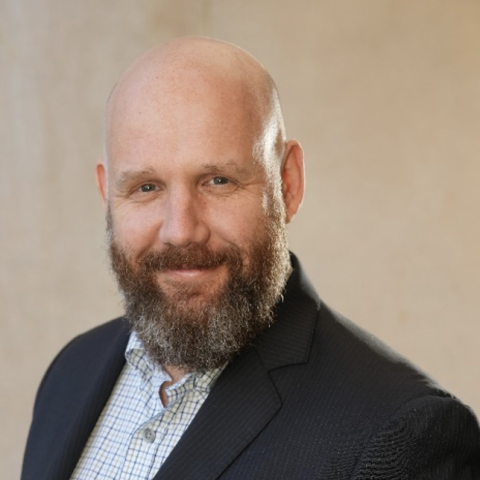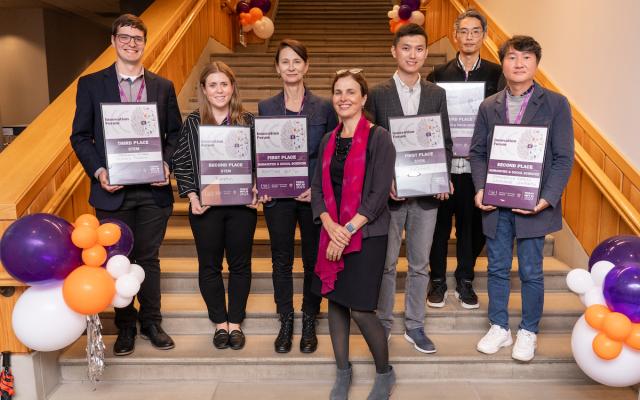PAMI wound care is a device tasked with promoting efficient wound care, targeting chronic and persistent wounds. The device is based on plasma-activated mist (PAMI) technology, where a liquid (saline with possible admixtures) is turned into mist and subsequently passed through a tube section where the mist is exposed to a low-temperature, low current discharge. In this manner, the mist is "activated", i.e. infused with reactive chemical species, produced by plasma in a humid environment. Open-air plasma is a potent source of reactive oxygen and nitrogen species, generated by the dissociation of air and water vapor molecules by the energetic plasma electrons. The plasma source is based on the flexible dielectric breakdown discharge (FlexDBD) device developed at PPPL and configured in cylindrical geometry in order to fit into the mist-guiding tube. Plasma-activated mist is guided through the tube onto the wound area, effectively reducing biofilm on the wound and killing bacteria, presumably via oxidative damage. Biofilm is considered a major obstacle to wound healing and current strategies are based on biofilm physical removal and subsequent anti-microbial treatment of the wound. Recent studies indicate the high effectiveness of bacteria inactivation with PAMI. The proposed wound healing device has a small footprint and can be powered by a battery source, light and mobile. The device is ideally deployed for the treatment of chronic and persistent wounds, without the use of antibiotics.


